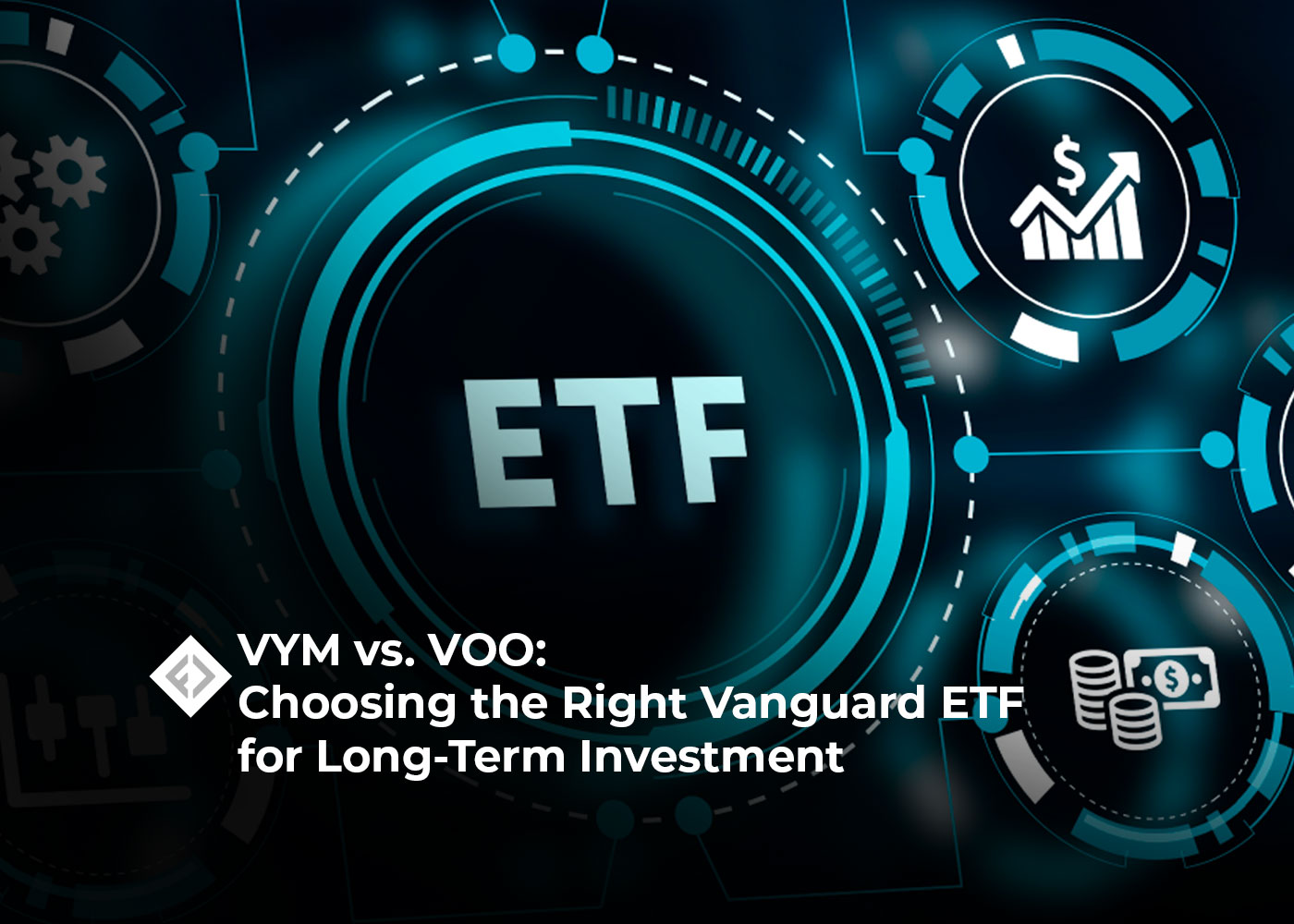When it comes to choosing between two popular Vanguard exchange-traded funds (ETFs) VYM vs VOO understanding their differences is fundamental . VYM tracks the FTSE High Dividend Yield Index while focusing on U .S . large-cap dividend value stocks . In contrast VOO tracks the S&P 500 Index and encompasses both growth and value U .S . large-cap stocks . This article provides a comprehensive analysis of VYM vs . VOO to help you make an informed decision for your long-term investment strategy .
Focus and Holdings
The primary distinction between VYM and VOO is in their underlying indices . VYM targets U .S . large-cap dividend value stocks through the FTSE High Dividend Yield Index . On the other hand VOO replicates the performance of the S&P 500 Index and provides exposure to a broader range of U .S . large-cap stocks both growth and value-oriented .
Additionally VOO includes Real Estate Investment Trusts (REITs) while VYM does not . This difference arises from the nature of the indices they track . The FTSE High Dividend Yield Index focuses on stocks with above-average dividend yields and excludes those that do not pay dividends or have no record of dividend payment in the past 12 months .
Sector Weighting and Diversification
In terms of sector weighting VOO offers a more diverse portfolio compared to VYM . Since VOO tracks the S&P 500 Index it spreads its holdings across a broader range of sectors which makes it suitable for investors who seek a well-diversified portfolio . On the other hand VYM may be more appealing to dividend investors looking to overweight high-dividend stocks in their portfolios but might not provide the same level of diversification as a core holding .

Popularity and Expense Ratio
While both VYM and VOO are popular Vanguard ETFs VOO has a significantly larger asset base with over $550 billion compared to approximately $43 billion for VYM . Both ETFs offer low-cost investment which aligns with the core principle of ETFs . VOO boasts a lower expense ratio of 0 .03% compared to VYM’s expense ratio of 0 .06% .
Performance and Investment Strategy
When it comes to performance VOO has shown better results compared to VYM partly thanks to VYM’s focus on value stocks . Growth stocks have outperformed value stocks in recent years which highlights the advantage of diversification across asset classes . However it is important to remember the fact that VYM has also performed well over the last decade and may still generate profits for investors .
Choosing the Right Vanguard ETF
If you are seeking broad and diversified exposure to the U .S . stock market VOO may be the preferred choice as a core holding . Its inclusion of REITs and broader market coverage offers greater diversification . On the other hand VYM is more suitable for investors who target high-dividend yield stocks and seek a dividend tilt in their portfolios . However relying solely on VYM may not provide optimal portfolio diversification .
Both VYM and VOO are excellent Vanguard ETFs each with their own focus and value proposition . By understanding their differences and aligning them with your investment objectives, you can make an informed decision that suits your long-term investment strategy . Remember to consider factors such as sector weighting, diversification expense ratios and performance when choosing between VYM and VOO to ensure the best fit for your investment goals .
You may be interested in:
RoboForex Review 2023: Pros, Cons and Key Features
A Beginner’s Guide to Where to Buy LUNC
Whales Shift Focus to Stablecoins, Signaling Expectations of Market Volatility











